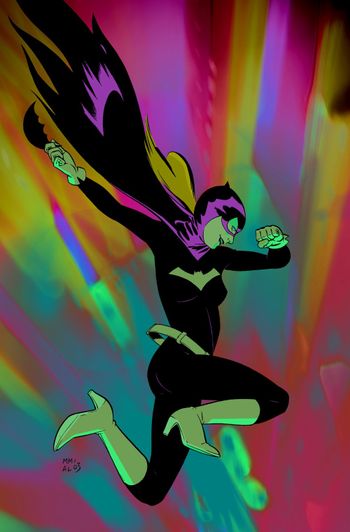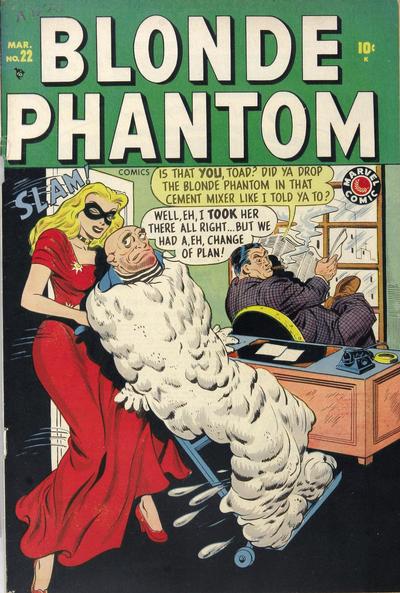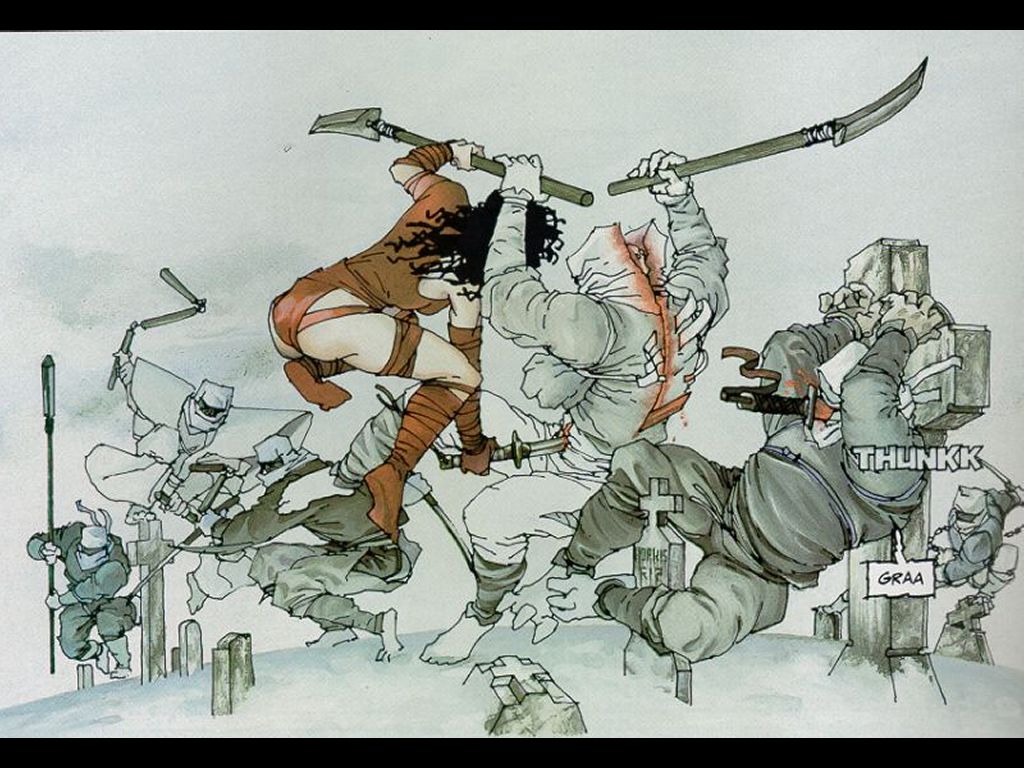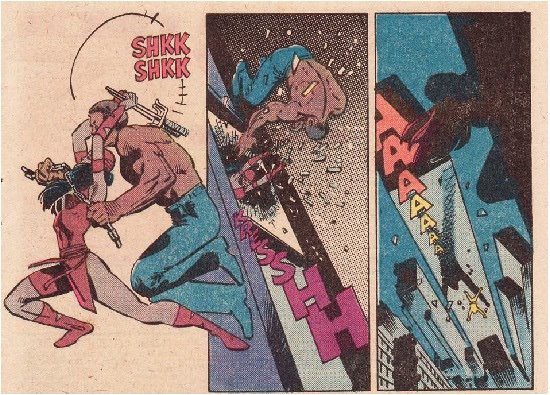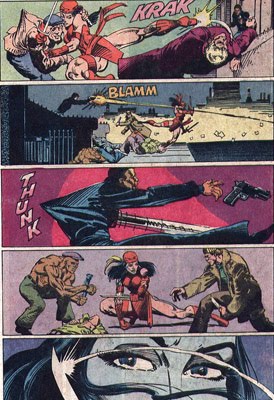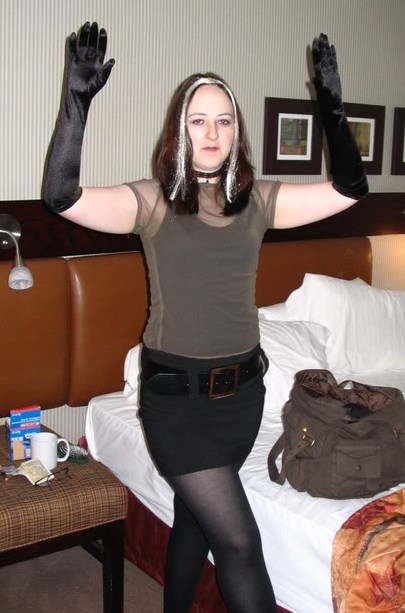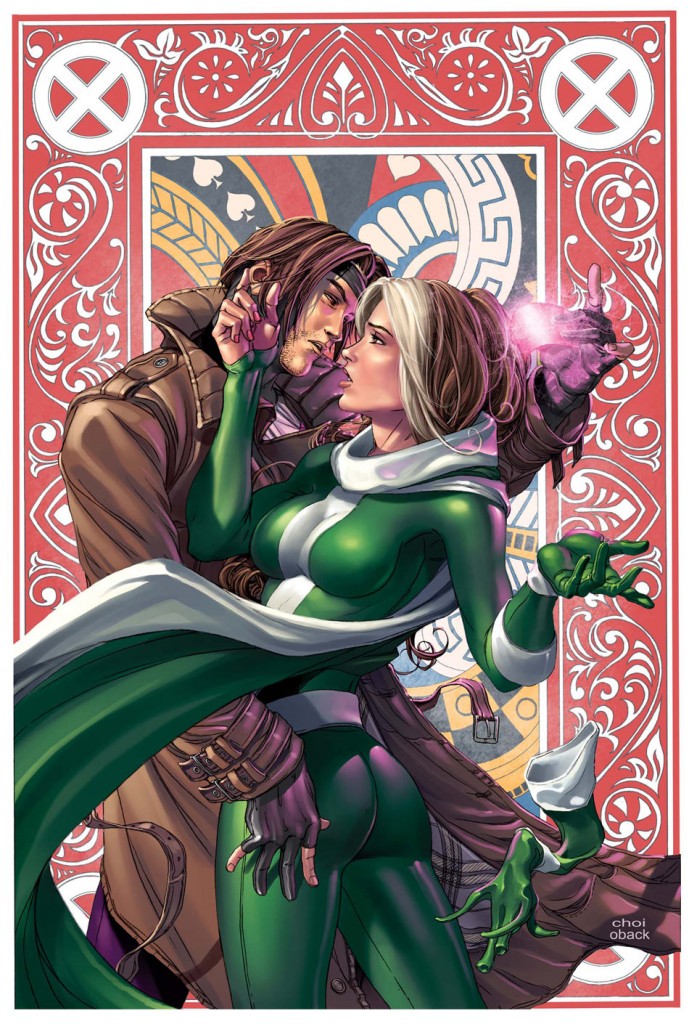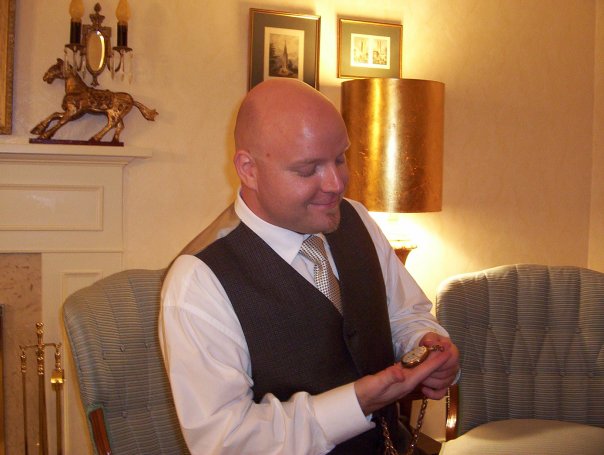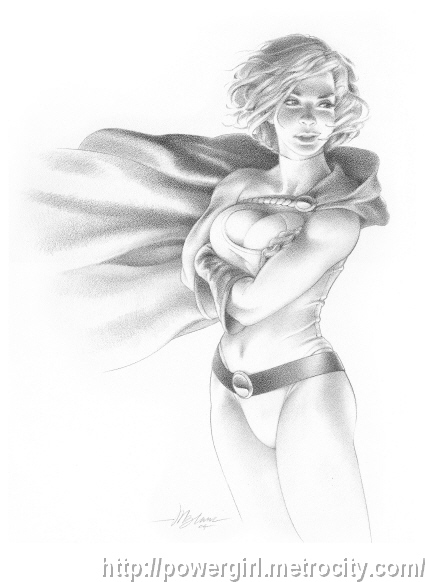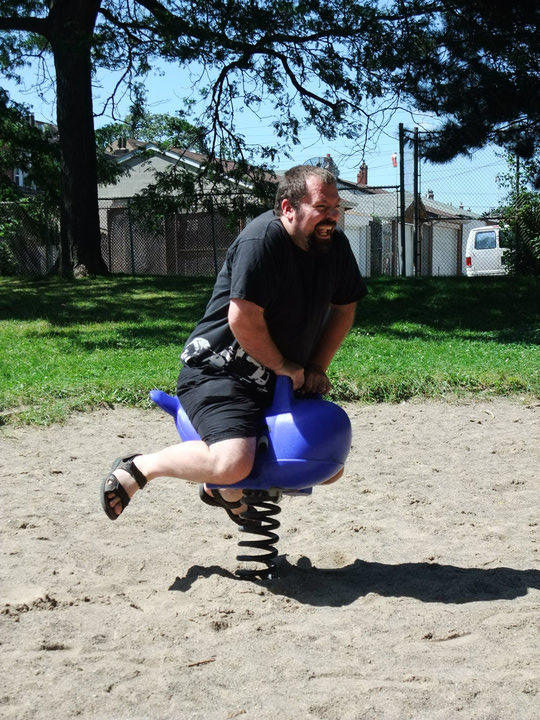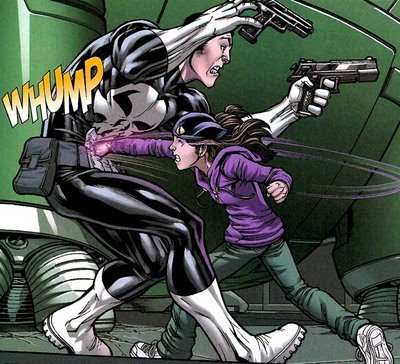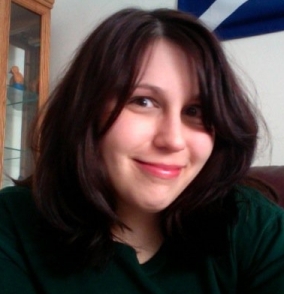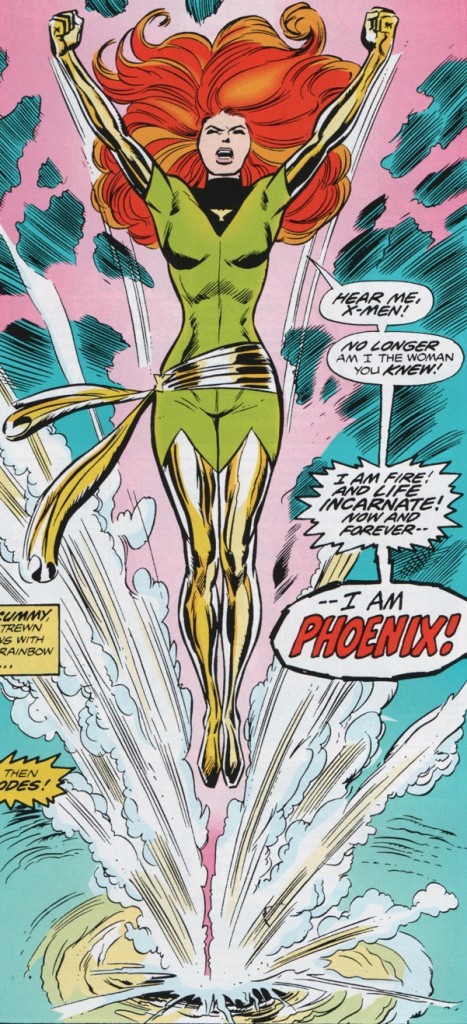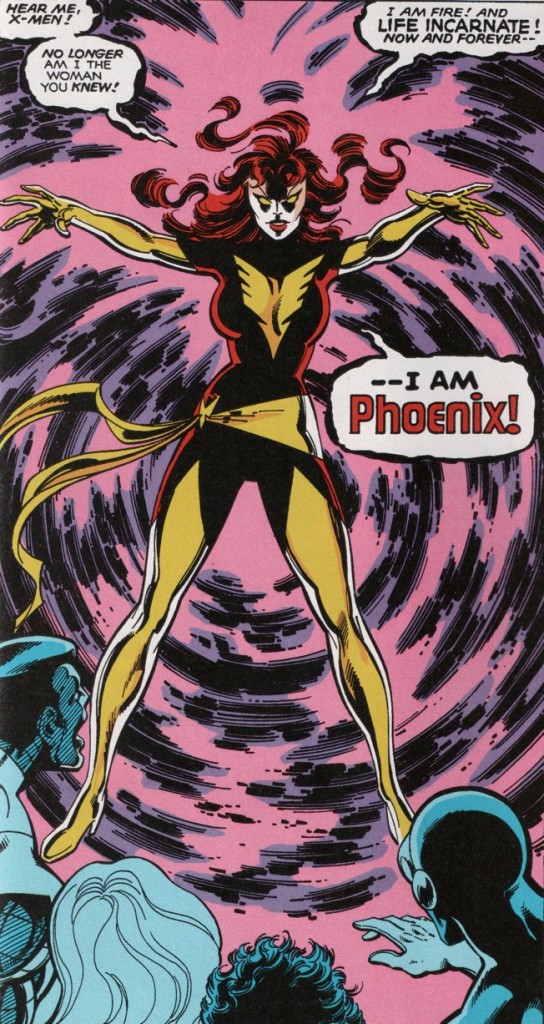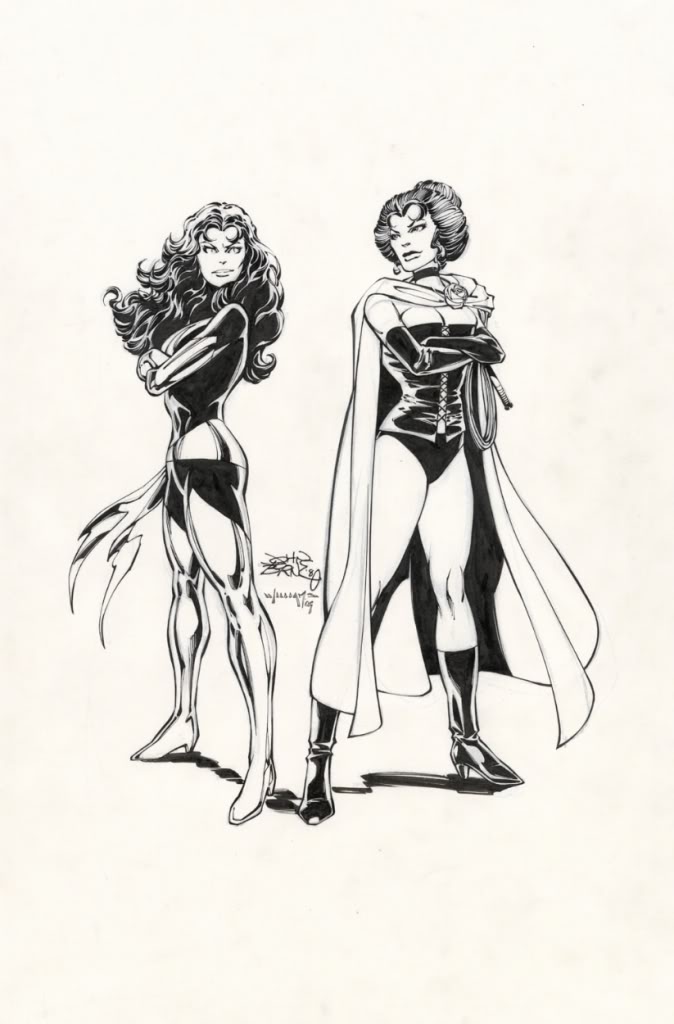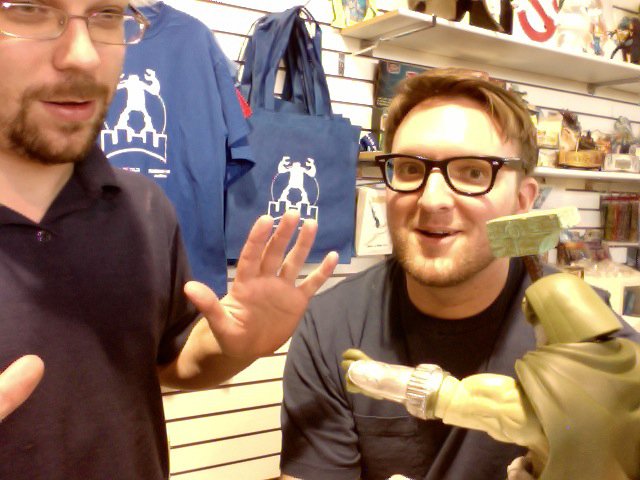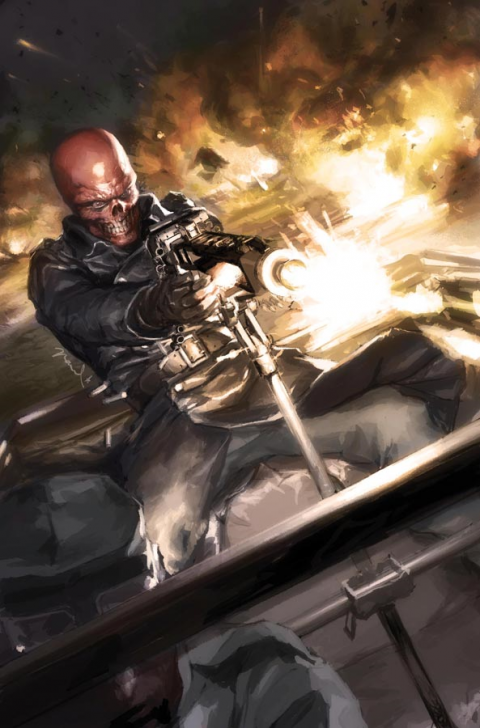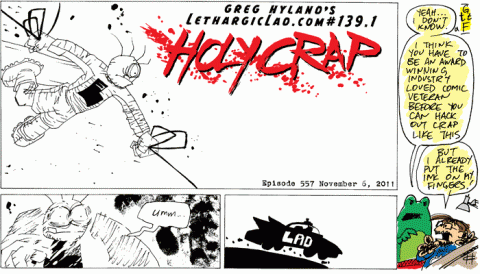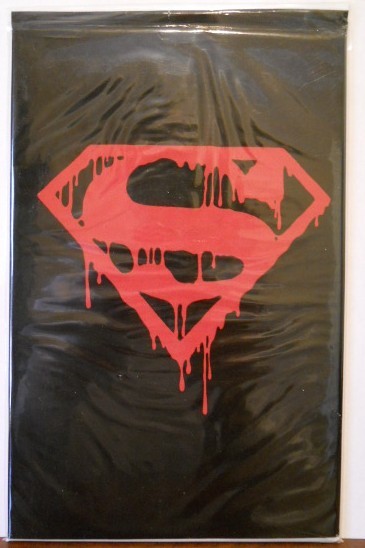Every week CBD’s Editor in Chief Pete DeCourcy asks the question and the crew (and special guests) give their answers, we’ll be doing this for 52 weeks. Tip of the hat goes to the gang at Scans_Daily for the inspiration.
Today’s Question: Who is Your Favourite Female Character?
Chris Howard (From Egesta Comics, one of the masterminds behind the fan favourite webcomic series Dressed For Success)
I’m not normally one for playing favourites. If you hog tie me I might concede to a favourite band, but I’m more of a top 10 favourites kinda guy. But from that top 10, I’d have to go with Barbara Gordon. Not Batgirl, especially as that’s more a title now.
I like the plucky young girl sneaking out behind her possibly unaware father’s back and playing hero. (Maybe not the lipstick applying 60’s version here) Batgirl Year One was great, and the Batman Confidential story drawn by Maguire was loads of fun as well.
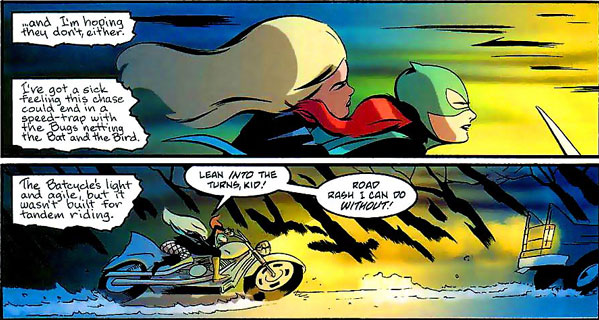
And then she gets shot by the Joker and confined to a wheelchair. And just goes right on being a hero, and I think most people would agree, an even bigger one. Everyone counts on Oracle. We’ve got the Birds of Prey, comic series AND TV series. And Oracle even plays heavily into the Arkham Asylum game.
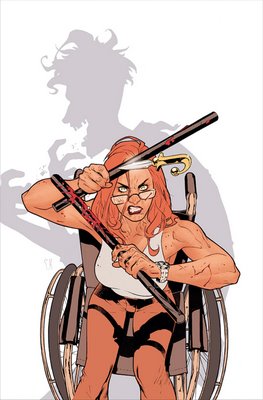
And the ongoing relationship story of her and Dick is great as well. There’s lots of different aspects of Barbara to play off of. She’s a very rich character. She can kick butt from a wheelchair, out Google anybody on the planet, and is a redhead. Really, what’s not to like?
Scott VanderPloeg (writer of CBD’s Bound Together column; his ramblings can be found blogged at eBabble. )
Blonde Phantom, hands down. Louise Grant works her day job as a private eye’s secretary but dons a classic red silk dress and domino mask to fight crime at night with a trusty .45 at her side. With her 1946 appearance she takes on the role only men have had as a hard-nosed crime fighter, working all the stereotypes: rescuing men, her private eye boss having a crush on her alter ego, pistol handling crime fighter. She wasn’t a sidekick or afterthought that needed help from any man, and she didn’t have a ridiculously revealing costume. Blonde Phantom wasn’t cheesecake, and she’d smash your face for suggesting it.
Andrew Ardizzi (Roving reporter for CBD and student of journalism at Humber. He writes for the Humber Et Cetera. You can find him at his blog Come Gather ’round People Wherever You Roam.)
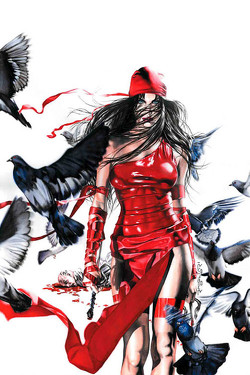 I don’t even have to give this much thought. There are a few female characters I really like, Jade and Emma Frost being two. Although if you know my love for all things Green Lantern, Jade would probably have been the fair prediction to make. It’s not her though. No, when it comes to butt-kicking femme fatales there’s only one girl for me; who as it turns out is just a really good character.
I don’t even have to give this much thought. There are a few female characters I really like, Jade and Emma Frost being two. Although if you know my love for all things Green Lantern, Jade would probably have been the fair prediction to make. It’s not her though. No, when it comes to butt-kicking femme fatales there’s only one girl for me; who as it turns out is just a really good character.
Elektra is my favourite female character. I think there are two things you’re guaranteed when you read any Elektra comic. One, you are absolutely guaranteed to read a very violent comic. That’s what her life is, and all she’s known. Depending on the story you read since there are conflicting origins, her foundation remains the same. Her mother was killed in one matter or another, and she was born prematurely into a world of violence. Then her father was accidentally killed by snipers while she was in college, that being the final straw that led her to the life of an emotionally numbed ninja-assassin for hire, leaving behind the love of her life, Matt Murdock.
Here’s the wrinkle with her though. The second thing you will always get with an Elektra comic is heart. There’s a vulnerability to the character that’s been maintained from the time Frank Miller created it, directly through to Zeb Wells’ recent limited series. You see it in her crawling to Daredevil’s door step after being fatally wounded by Bullseye, even after they had fought to a standstill. More recently, in Zeb Wells’ series where at the end after she kills two assassins, Norman Osborn tells her he spent millions of dollars trying to figure what she is. In the end he says, “Now we both know, don’t we?” as she somberly, almost sadly walks away from the scene.
Violence is the character’s life, but through it all Elektra maintains a glimmer of compassion and honour buried deep under all the torment and anguish she’s endured throughout her life. Elektra is a tragic character. No matter how hard she tries, she can’t outrun the violence that’s enveloped her, yet she tries to anyway. Hers is a redemption story.
Jill Nagel (Our Correspondent from the Toronto Cartoonists Workshop)
It’s hard to choose just one favourite female comic book character, but I keep coming back to Rogue. Like a lot of my generation, the 90s X-men cartoon was one of my first forays into comic book culture. Every Saturday morning Rogue would fly around with her ridiculous accent, screaming “Get out of my head!”. It stuck with me. Whether it’s fighting for control with Carol Danvers, her on-again-off-again relationship with Gambit (or leaving him in Antarctica) or mentoring new mutants, Rogue is usually conflicted. She’s been good and evil, right and wrong, and her past haunts her even into current story lines. She is a character who has made mistakes and is willing to put in the work to make things right. Although recent story lines have been thin (gaining control of her powers included) I still feel the need to follow her adventures.
Plus, she’s a brown-haired, green-eyed, country girl, with commitment issues. I guess I can relate. And, I have never in my life dressed up as Rogue in public. Not once.
Chris Owen (Professor of Comic Books History at Hamilton’s Mohawk College and host of The Comic Culture Radio Show.)
For anyone who knows me, it’s no surprise that my favorite female comic character is Power Girl. When I was younger, I used read Justice League Europe. Bart Sears was the artist on the series at the time. I didn’t know anything about the character but she intrigued me for two reasons. I found out that she was a relative of Superman. AND I found out that she was originally from Earth 2. (I bet those aren’t the two reasons you thought I would say – more on that in the next paragraph). So after becoming a little obsessed with the character I started to buy up all of her appearances. Around that time I also started really getting into collecting original sketches. I always loved original art, but really couldn’t afford pages or covers. So sketches were the ways to go. I thought getting a whole sketchbook of the same character by various artists would be cool. I thought that artists may be more inclined to draw a character they don’t get a chance to draw very often so I thought, why not Power Girl (note, this was WAY back when no one really knew who she was). So I started to put these sketches online for other people to enjoy and called the website, Power Girl Online.
About a month went by and I received an email from Joe Rubinstein, a professional comic inker who had worked in the industry for many years. Joe recounted an interesting story. Power Girl was created by Wally Wood for the Justice Society’s return in All Star Comics #55. Around that time, Wood was becoming increasing frustrated with comics and in particular DC. So he thought he would have a little fun with the character and very slowly increase her breast size over the course of many issues (hence – two reasons). This went on for many issues until finally someone at DC realized what was happening and put a stop to that process. However the ‘damage’ was done and her infamy is now well known among the DC comic world their readers alike. And when asked why she never wears a mask, “Because no one is ever looking at my face”.
Brent Chittenden (writer of the Just A Thought Columns here at CBD, as well as a writer for Bite TV’s Blog.)
My favorite female comic book character?
Man, that’s a tough one but honestly it comes down to a tie between two characters that are pretty different; Death from The Sandman and Molly from The Runaways. Death was created by Neil Gaiman to kind of represent a grim reaper he would like to see. Friendly, kind and not scary. Got to agree on those points.
Molly however is just fun. She’s a powerhouse in a cute hat and usually has the best dialog of the book. Beyond that, most writers use the character very much as the voice of truth in comic and a like that.
Shelley Smarz (Comic Book Daily’s resident Comic Book Goddess)
Without a doubt, it’s gotta be Jean Grey.
This should come as no surprise to anyone who knows me. After all, I did write my Masters` project on her.
Why?
Well, I can’t argue with the fact that her representation in comic books can be best described as problematic. (An excellent case can be made for interpreting Jean’s Dark Phoenix persona as men’s fear of female sexuality and the need to destroy the vagina dentata before it destroys their literal and figurative phallus.) But I think part of the reason why I love her character so much is that, like Chris Claremont’s other X-Women, she was so unlike her counterparts in the mainstream books at the time (at least the ones that I was aware of when I first started reading comics). Claremont’s female characters were powerful, independent, multi-dimensional human beings. They were just as – if not more – powerful than their male counterparts.
Perhaps at the time – with the horrible history of Women in Refrigerators – when the most glaring example of how women figured in comics was Barbara Gordon’s role in The Killing Joke. Granted, it was released a little before my time, but when I read it, it had a profound effect on me. This comic told me that the female characters in comics were disposable. They were less than. They were a bloody prop meant to spur the menfolk to action. They never had a chance to get their own vengeance and their bloody broken bodies were scattered over the pages of comics. Grittiness, at the time, seemed to be nihilism, destruction and deconstruction and it was usually focused on the female form.
Part of me, at the time, was angry at the ending of The Killing Joke. Babs was paralyzed (and though I’m convinced that the Joker didn’t rape her, I always suspected his henchmen had) and reduced to nothing more than a prop, Commissioner Gordon tortured mentally, and Batman and the Joker were laughing. Now that I’m older, I understand why Alan Moore included this final scene – to show the interdependence of the Joker and Batman, to make us ponder if Batman was just as crazy as the Joker, etc. – but at the time, it summed up not only the role in women, but also their role in fandom (this was before the internet made it so easy to find other female fans). I suppose it’s no coincidence that I soon gave up comics.
When I (eventually) returned, I started reading non-superhero books at first. And then I went back to the X-Men. To the old Claremont and Byrne runs (Classic X-Men meant that I could, quite cheaply, dive right back into the books I loved). I was invigorated by these old stories. I remembered why I loved comics. And why I loved Claremont who was able, unlike many writers at the time period, to avoid turning his female characters into exaggerated feminist stereotype, a cartoonish image that had emerged as a backlash against the feminist movement. Influenced by his own experiences with powerful women, Claremont consciously worked to create powerful female characters. And for that I’m thankful.
I have three favourite female comic book characters – Jean Grey, Babs Gordon, and Kitty Pryde. Jean Grey won the coin toss tonight probably because her character is so intertwined with my departure and re-entry into comics.
Pete DeCourcy (Editor of Comic Book Daily, Ronan is not accusing him)
There’s so many great female characters in comics. I chose this as my first question mostly because I was wondering just who would get named. I really couldn’t think of just one. Tara Chace from Greg Rucka’s Queen and Country is an amazingly strong and complex figure, same goes with another Rucka creation Stumptown’s Private Eye Dex Parios.
But if I had to admit to myself the most important female comic character in my life? Hopey Glass.
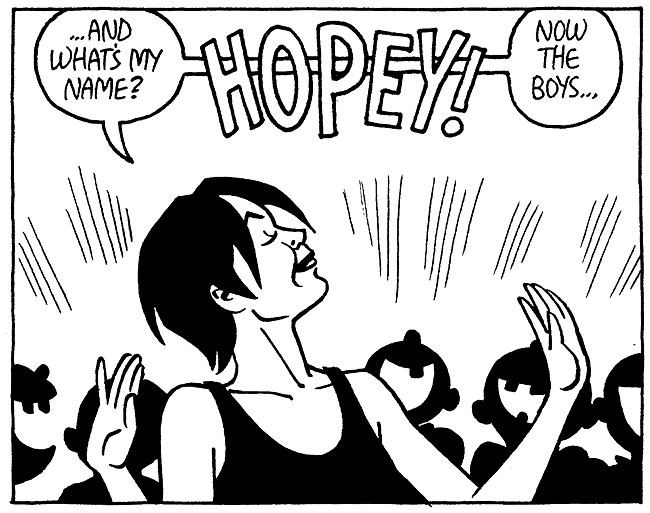 Esperanza Leticia (Hopey) Glass is the best friend and on-off lesbian lover of Maggie Chascarillo. She may not always be the main focus of the book, but her strength as a character is that she’s felt is almost every panel on every page.
Esperanza Leticia (Hopey) Glass is the best friend and on-off lesbian lover of Maggie Chascarillo. She may not always be the main focus of the book, but her strength as a character is that she’s felt is almost every panel on every page.
Hopey is hedonistic, impulsive, rebellious, outspoken, witty, and careless of the feelings of others, she’s imperfect – but completely real which in turn makes her lovable. I’ve got more written – but I think Hopey deserves a longer column than just this.
Well, that’s it for this week. Check Back next Wednesday for another question. Feel free to sound off on your favourite female comic character below.



